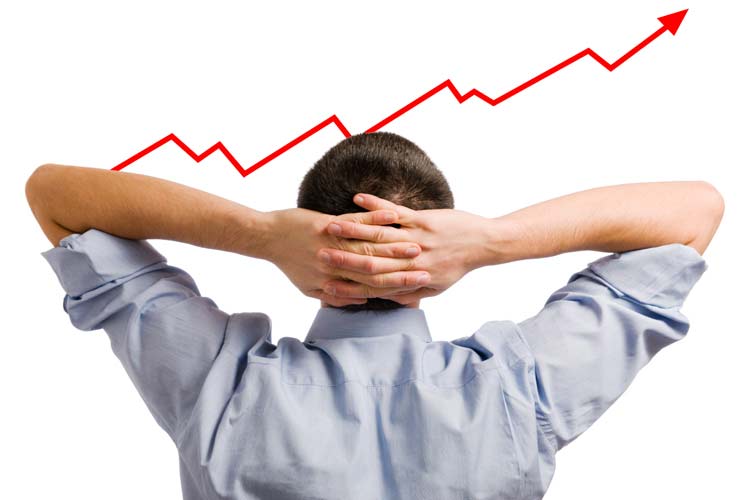
The VIX may have settled on new support last week
As we know, the CBOE Volatility Index (VIX), or the stock market’s “fear gauge,” is one of the most widely tracked gauges of U.S. stock-market volatility. This volatility index, as compiled by the Chicago Board Options Exchange (CBOE), is meant to reflect investors' expectations for short-term (30-day) volatility in the stock market. It accomplishes this by measuring the implied volatilities of a weighted range of S&P 500 Index (SPX) options, using puts and calls at a variety of different strike prices. When implied volatility on SPX options rises, the VIX will also move higher. Falling SPX implied volatility translates into a lower VIX.
Understandably, during the current rampant level of volatility on Wall Street, all eyes have been glued to the VIX, as traders grasp for trends that may indicate a bottom, a level of resistance as stocks rebound, or at least an indication of when they will rebound at all. Earlier last week, our Senior V.P. of Research, Todd Salamone dove into this inquiry, mentioning that since the index usually runs inverse to the broader market, there are multiple potential support levels it must break below, leaving more for investors to navigate.
Moving out of the current market climate and into a broader view of the volatility index, we took a look at the VIX starting with the November 2016 U.S. presidential election. The VIX’s close on Nov. 8, 2016, was 18.74. In the below chart (VIX [left-hand-scale] plotted with the S&P 500 Index (SPX) for guidance) the index saw a 100% gain since the election had been the pinnacle -- that is, until coronavirus arrived. In fact, the VIX’s 50% pullback from the election-day close has been the floor on a number of occasions between 2017 and 2018.

From the aforementioned election-day marker, the volatility index peaked with a 341% gain on March 16 of this year, and on this past Tuesday, April 14, the VIX closed at 37.76, or a 101% gain since the election. A fair question now would be, is the 100% gain a newfound level of support? Is 37.48 a level on this VIX you should be aware of, considering it has proved influential and relatively unknown?
While there is no definitive answer to this, it is worth mentioning the intersection of the SPX at the 50% level, just after the index entered its early March selloff. Per Bespoke’s April 16, 2020, Morning Lineup, “After a historic rally off the March lows, the S&P 500 has been running into a little bit of resistance around the 2,795 level, which happens to represent a 50% retracement of the decline from the February highs. [T]he S&P 500 has been dancing around that 50% retracement level with moves both above and below it.”
In conclusion, both the SPX and VIX are key indicators to gauge what may or may not be ahead for the stock market. So with both indexes running up to historically relevant trendlines in this unusually volatile circumstance, an abundance of caution is always recommended.